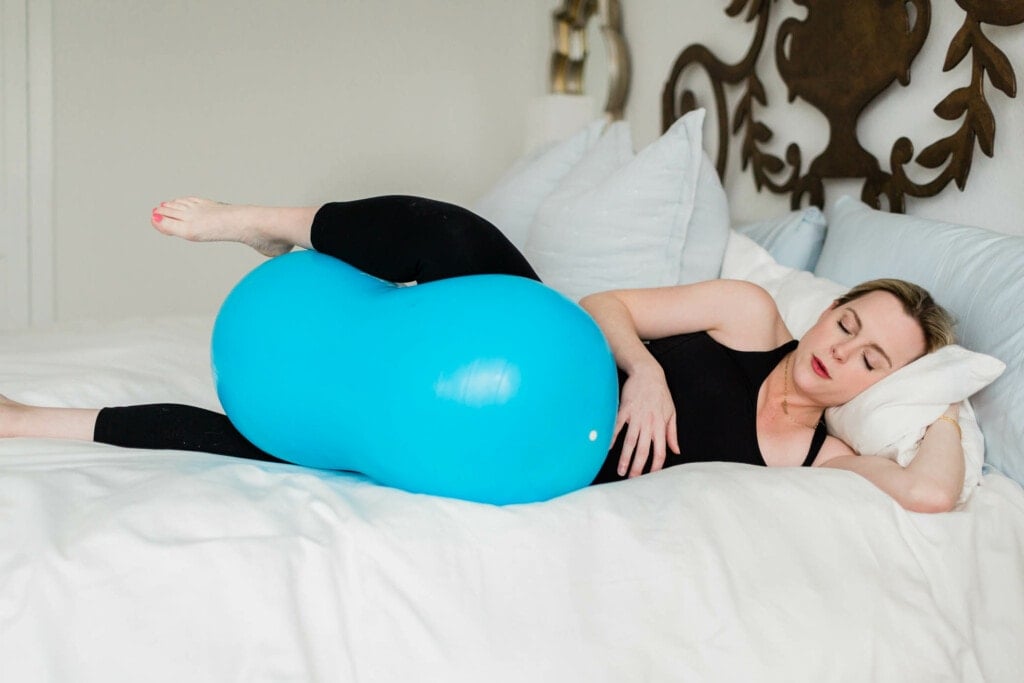You’ve worked your way through early labor and active labor, and now you’re in transition. If you’ve decided to forego the epidural up to this point, there are some positions for transition labor to help you through. In this article, we’ll share the signs that you’re in transition and explore six of the best positions to try during this time.
What Is Transition Labor?
Transition is the final and most intense phase of the first stage of labor.1 It’s the phase that follows early labor and active labor right before you begin to push. This is when your cervix is dilated 7 to 10 centimeters, and contractions last about 60 to 90 seconds long with 30-second- to two-minute breaks in between. Thankfully, this is usually one of the shortest phases in labor, lasting anywhere from a few minutes to two hours.1,2
Signs of Transition
If you’re wondering if you’re in transition, here are some signs to look for:
- You’re 7 or more centimeters dilated.2
- You’re having around 90-second-long, intense contractions.1,2
- You feel nauseous and are vomiting or dry heaving.2,3
- Your body is shaking uncontrollably.3
- You go from feeling hot and sweaty to cold and chilly.2
- You feel like you can no longer handle labor, and you tell your support team that you can’t do it and need drugs.
- You might be crying or having irrational thoughts or behavior.
- You feel rectal pressure (like you need to have a bowel movement) because your baby’s head moves lower in your pelvis.1,4
Best Positions for Transition Labor
Once your doctor or midwife has checked your cervix and told you that you’re in transition, you’re almost at the end! Certain positions can help you reach 10 centimeters faster. And since this phase is the most intense part of labor, every second counts. Here’s what you can do:
1. Sit on a Birthing Ball
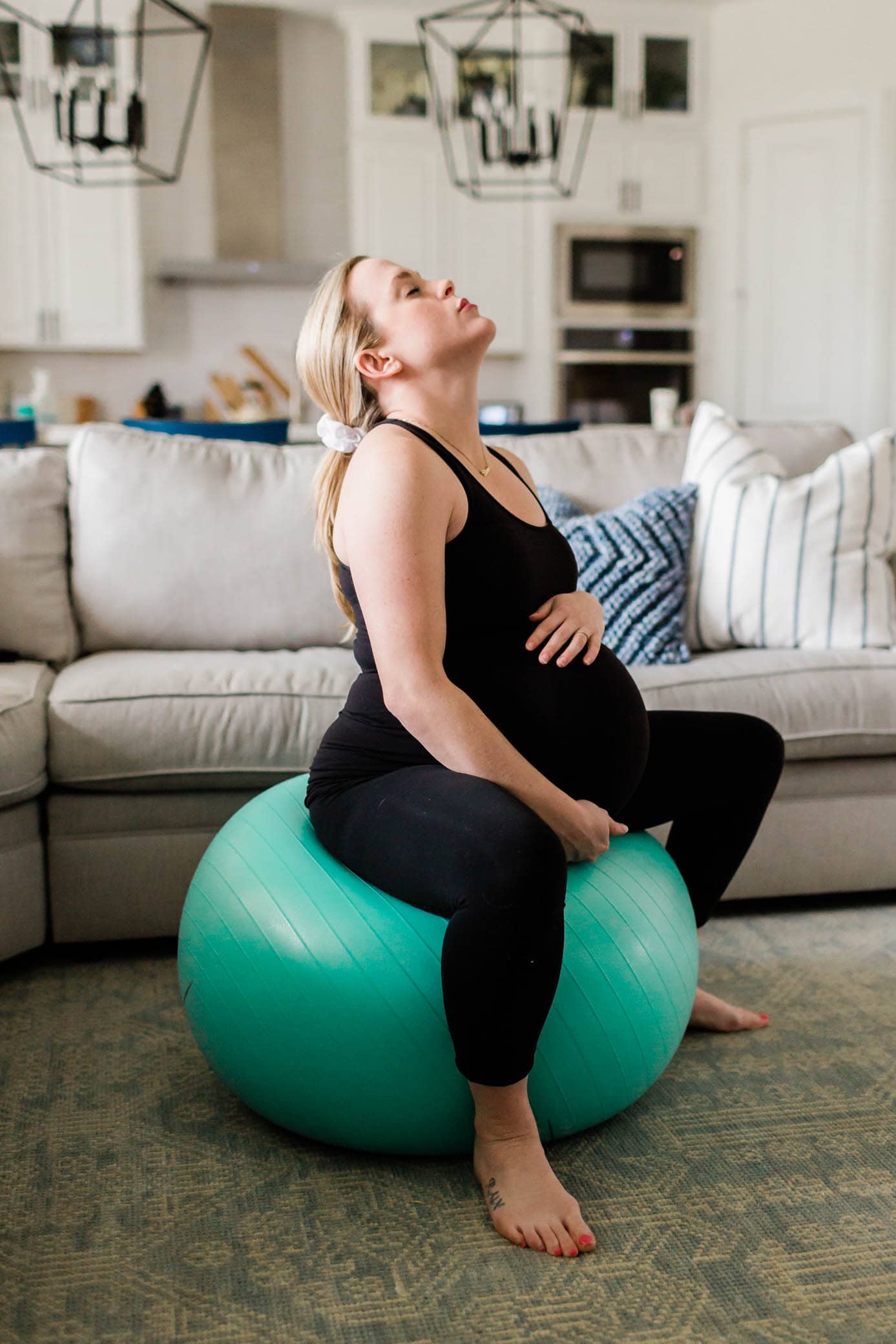
Sitting on a birthing ball (also called an exercise ball) during transition labor can be very helpful. It allows the laboring woman to take a break from being on her feet and helps place pressure on her cervix, which helps her dilate more.5,6 While sitting on a birthing ball, you can bounce on it, move your hips in circles, and do figure eights with your hips. All these movements can help open your pelvis and place baby’s head directly on your cervix.5,7 It also feels really good to vocalize during labor, so don’t be afraid to relax your jaw and use your voice to make low tones as you go through each contraction.
2. Stand and Lean Forward
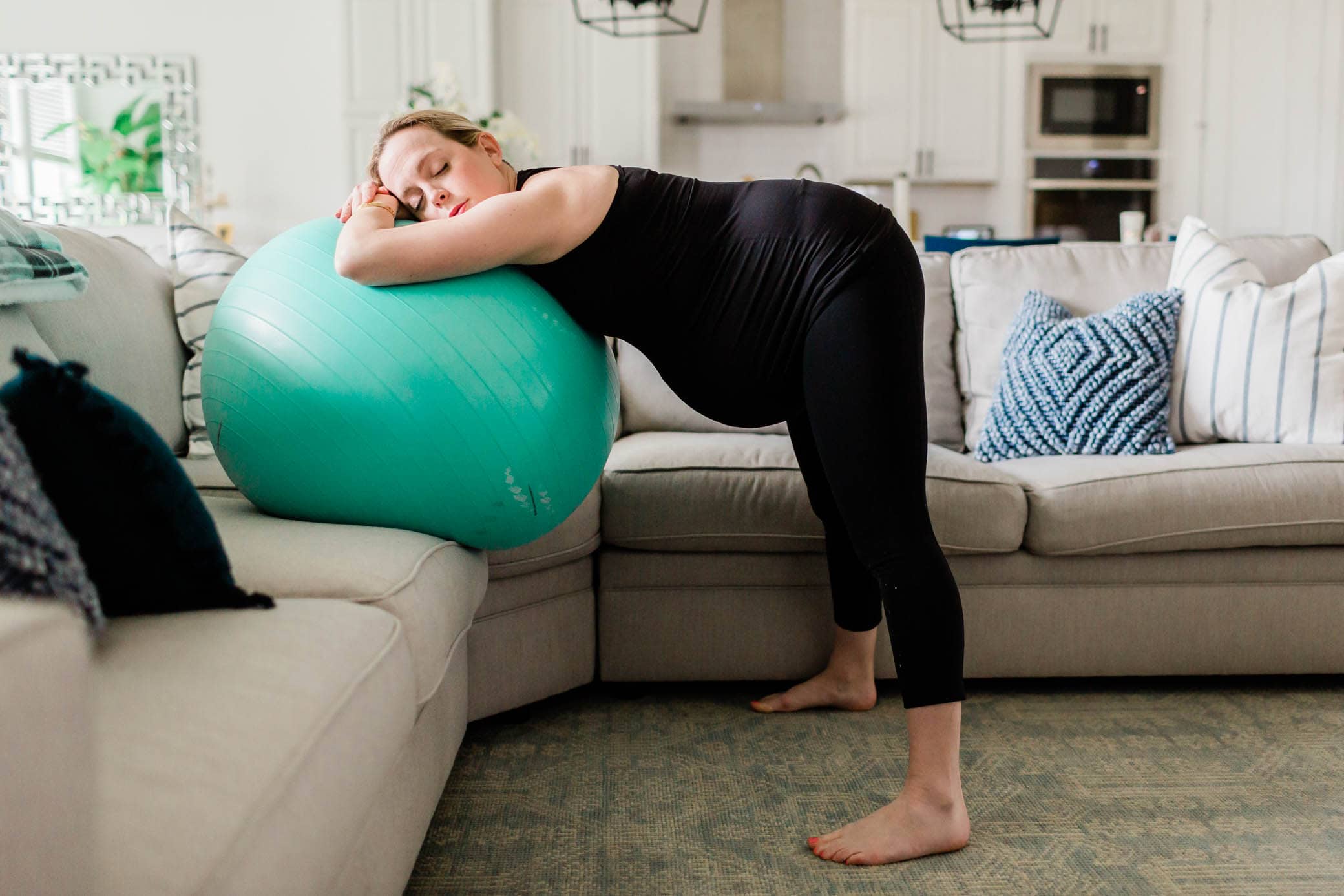
This image shows just one of the many ways you can labor while standing. This position is optimal for allowing gravity to do its work. It also allows for side-to-side or rocking movement, which helps with baby’s rotation and descent.8
3. Labor on the Toilet
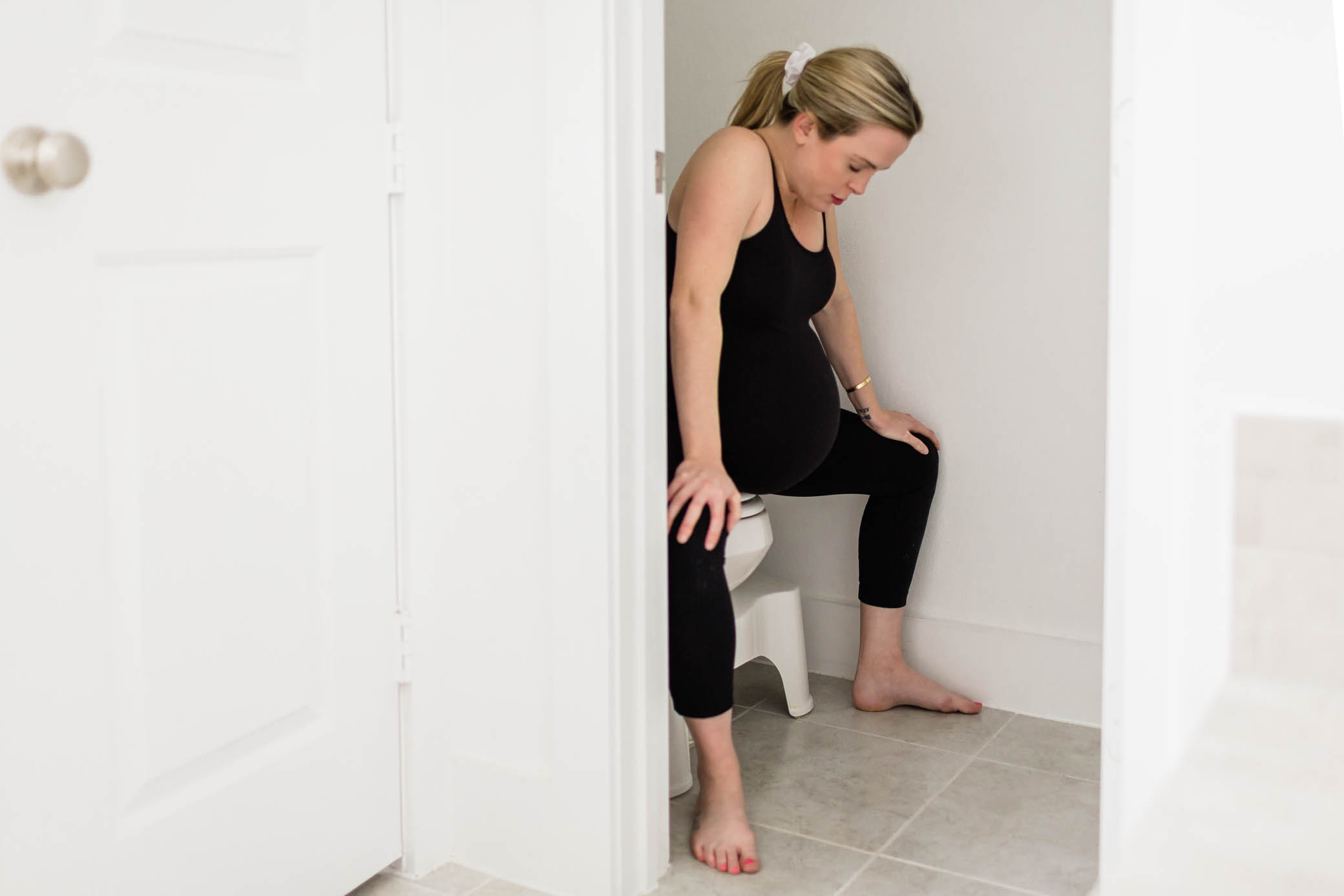
There’s something about sitting on a toilet in labor that seems to work wonders! Whether you’re actually using the toilet (emptying your bladder helps make more room for your baby to move down) or just sitting on it, the position is helpful in active labor and transition.1,10 I think it’s because we naturally relax our pelvic floor while on the toilet. The more we relax our muscles, the faster things can progress!7
4. Reverse Sit on the Toilet
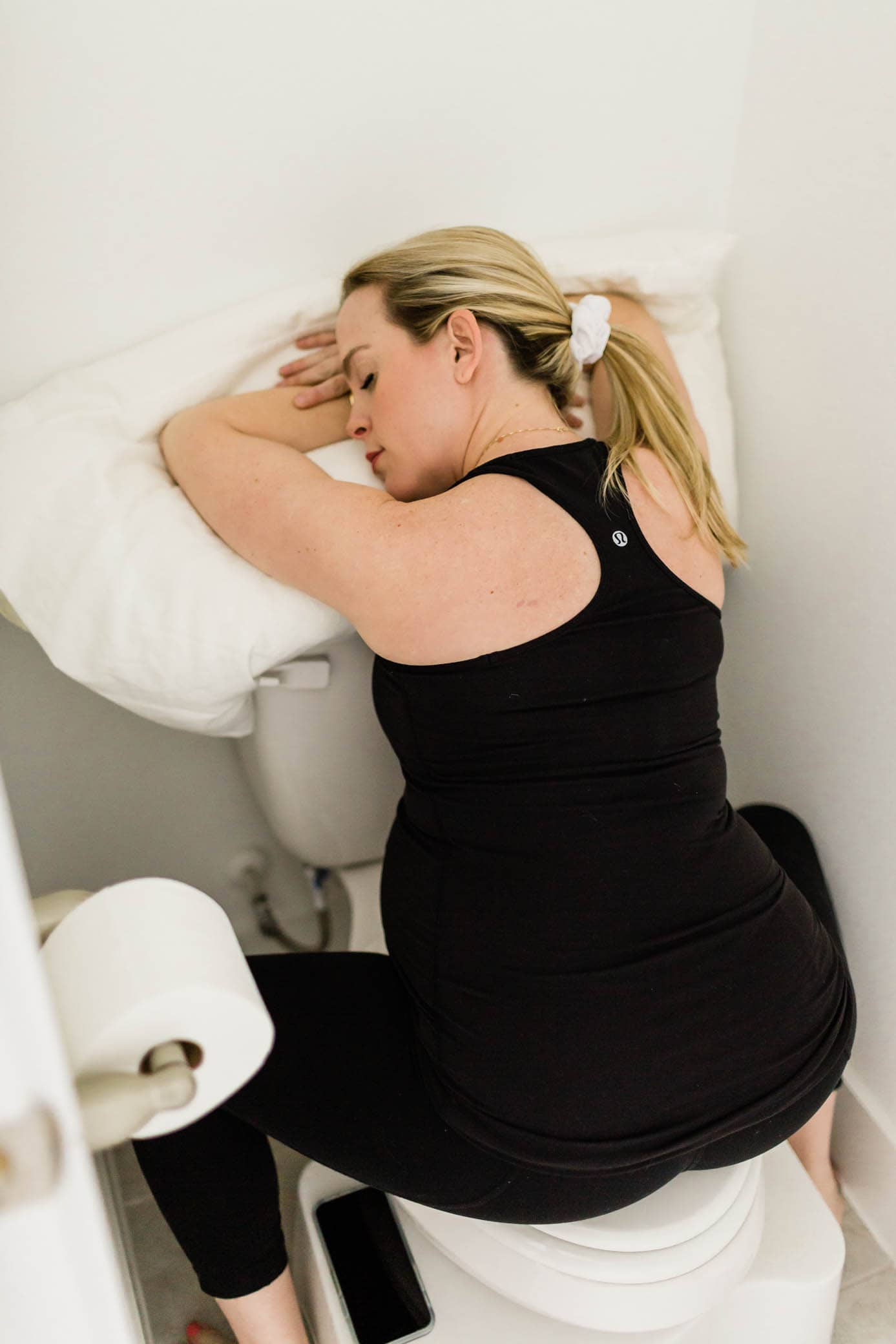
If you want to continue laboring on the toilet but need more support, consider reverse sitting on it. You can place a pillow on the back end of it and rest your head and arms. You’ll still receive the benefits of relaxing your pelvic floor, but you’ll be able to get a little more rest as you get through transition labor.9
5. Labor in the Tub
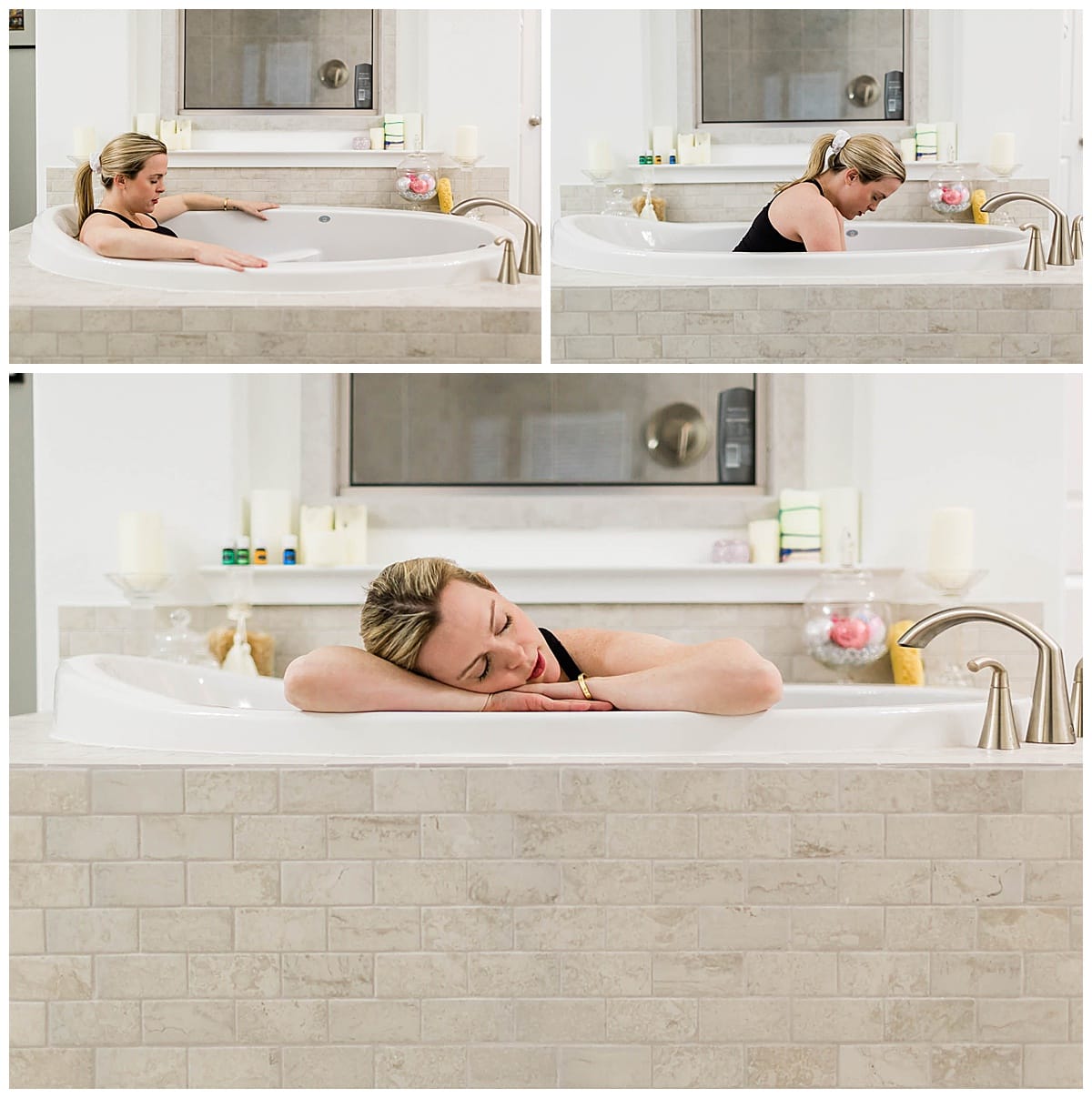
Hydrotherapy is amazing and feels so good during labor! Getting into a tub during transition can really help ease the labor pains. It also promotes relaxation and relieves tension, both of which help with labor progress.11,12,13 Depending on the size of your tub, you can either lean back in the water, sit on your knees and lean forward, or lean against the side of the tub. This is a favorite position for many women in transition labor!
6. Labor With a Peanut Ball
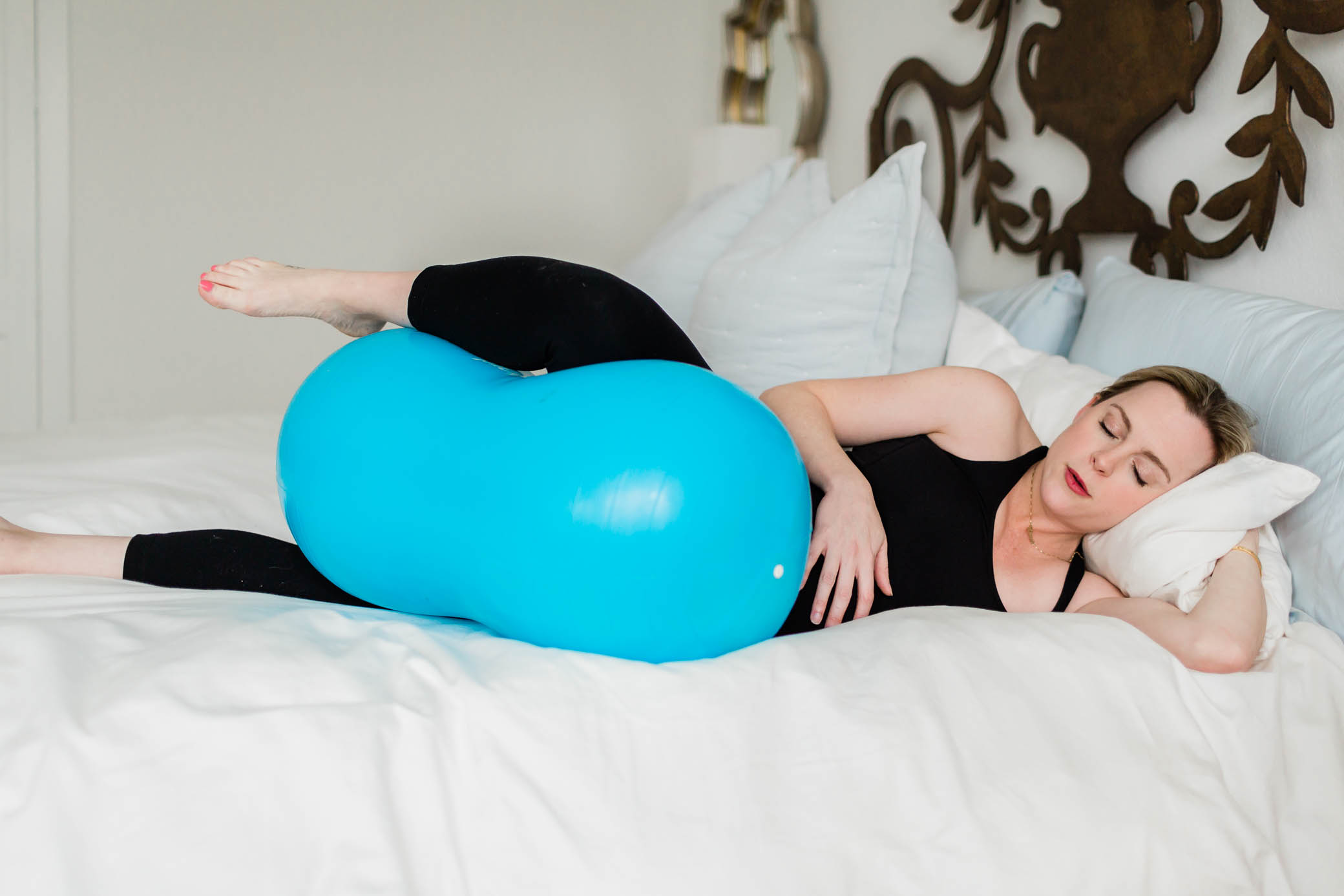
What exactly is a peanut ball? It’s an exercise or therapy ball that’s shaped like a peanut and can be used for labor.14 Many mothers have sworn by the peanut ball, saying it helped them dilate quickly. These may even help reduce your chances of having a C-section!15,16 There are several different sizes of peanut balls and different positions you can do with them.
You’re so close to the very end and will soon meet your baby! Use these positions to help you stay as comfortable as possible during these strong pressure waves. They will help you work with your body as you get closer to the pushing stage. You’ve got this, mama!

